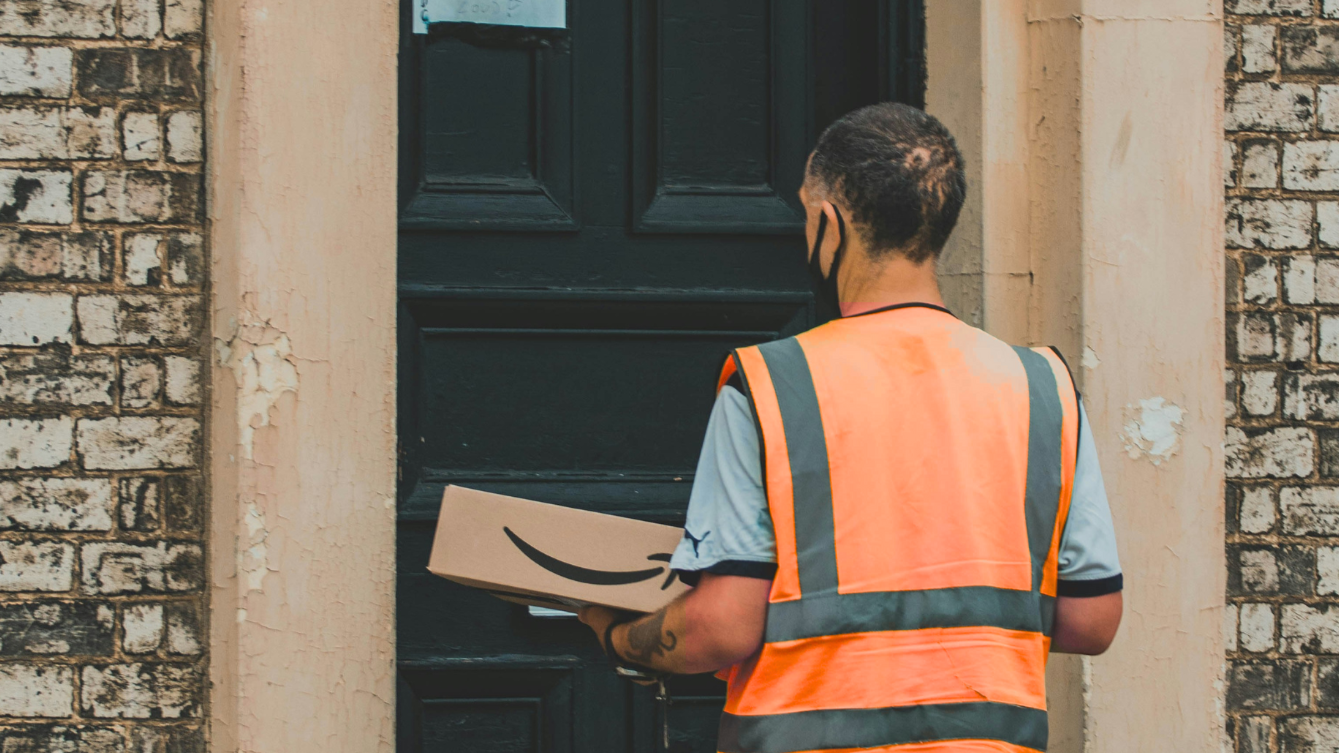TikTok’s about to go dark. With the ban set for next week, the digital landscape is shifting fast. But here’s the thing: while others scramble, the smartest brands are already leaning into what’s next. IRL marketing—real-world, unmissable brand moments that can’t be banned, swiped past, or ignored.
This isn’t a nostalgic love letter to old-school billboards and flyers. We’re talking experiential, rebellious, in-your-face brand moments that TikTok could never replicate. IRL marketing isn’t just a fallback; it’s the future.
The Death of TikTok and the Void of the “Third Place”
Let’s be real: TikTok has been the unofficial “third place” for millions—a virtual spot for Gen Z to hang out, discover trends, and roast influencers. But with governments across the globe gunning for its ban, that digital hangout is under serious threat.
When TikTok’s gone, where will people go? Spoiler alert: it’s not Instagram. It’s anywhere that offers real, tangible experiences. The death of a digital giant doesn’t just leave a void—it creates a hunger for connection, a yearning for something that can’t be swiped away.
IRL Marketing: Where Rebels Win Big
IRL marketing isn’t about slapping your logo on a bus stop bench. It’s about showing up where your audience lives, plays, and scrolls in the flesh. The best brands are already killing it with strategies that create experiences people actually want to talk about.
Brands That Are Owning IRL (And the Stats to Prove It)
-
Pepsi’s 125 Diner
Pepsi celebrated its 125th anniversary by going retro-futuristic with a pop-up diner in NYC. Not just any diner—this was a time machine of Pepsi’s greatest hits, blending nostalgia with modern experiences.
The Results:
- Thousands of visitors in just one week.
- Social mentions skyrocketed 350% during the activation.
Takeaway: Nostalgia sells, especially when paired with Instagrammable moments.
-
Zappos’ Backyard Party Campaign
An online retailer doing IRL activations? Yep. Zappos turned their brand into a summer sensation with pop-up backyard parties featuring games, giveaways, and, of course, their products.
The Results:
- A 20% increase in email sign-ups after each event.
- Customers who attended events spent 30% more than average shoppers.
Takeaway: Physical experiences lead to digital loyalty.
-
Netflix Revives The Paris Theatre
Netflix resurrected NYC’s iconic Paris Theatre, creating a physical space to showcase its best content and host exclusive events. IRL, but make it cinematic.
The Results:
- Over 1 million impressions from opening week.
- A surge in positive sentiment on social media.
Takeaway: Bringing your brand into the real world doesn’t just create buzz—it cements loyalty.
The IRL Playbook for the Post-TikTok Era
So, how do you jump on the IRL marketing train before it leaves the station? Follow these moves:
-
Create Experiences Worth Talking About
A pop-up shop? Yawn. A pop-up experience? Now we’re talking. Give your audience something so cool they’ll feel compelled to flex about it online. -
Build Community Around Your Brand
Without TikTok, people will crave connection more than ever. Host events, sponsor meetups, or create physical spaces where your audience can hang out. -
Merge Physical and Digital
IRL doesn’t mean abandoning digital. Add QR codes that unlock exclusive content or AR features that enhance the experience.
Why IRL Marketing Will Reign Supreme
With TikTok potentially out of the picture, brands need to recalibrate. The key is building genuine, face-to-face connections that resonate far beyond the moment. IRL marketing isn’t just a trend—it’s a revolt against the monotonous grind of digital ads.
When done right, IRL marketing is more than just “marketing.” It’s a statement, an experience, and a memory. And if you’re not ready to step into the real world, your competitors will happily take your place.
Ready to make your mark IRL?
At The Digital Command, we don’t just follow trends; we create them. Let’s make some noise—IRL style.







Amazon’s Bold Play: A Game-Changing Retail Ad Service Shakes Up CES 2025
Why RedNote is Exploding in the U.S. (And Why You Should Care)
Share: